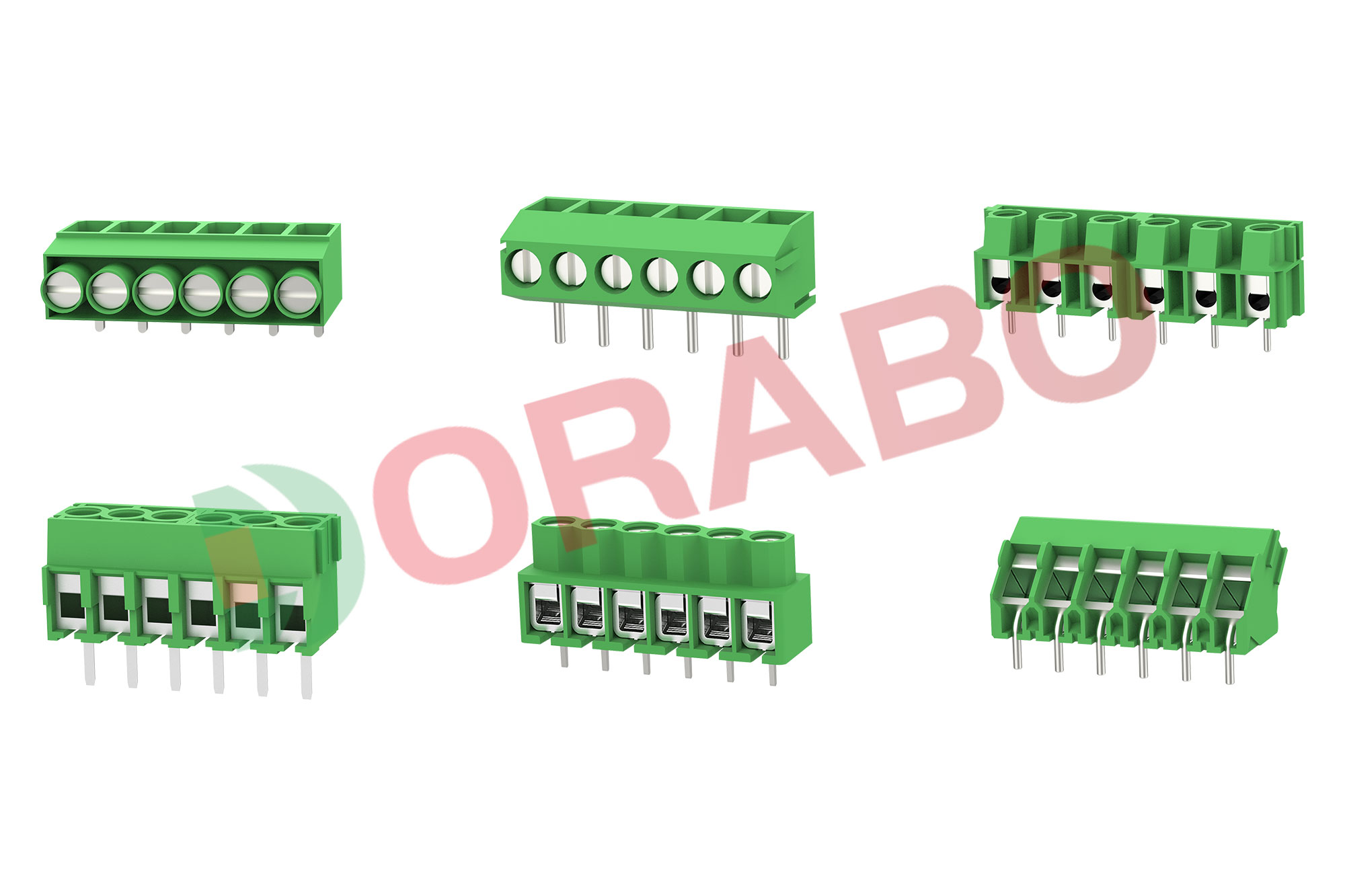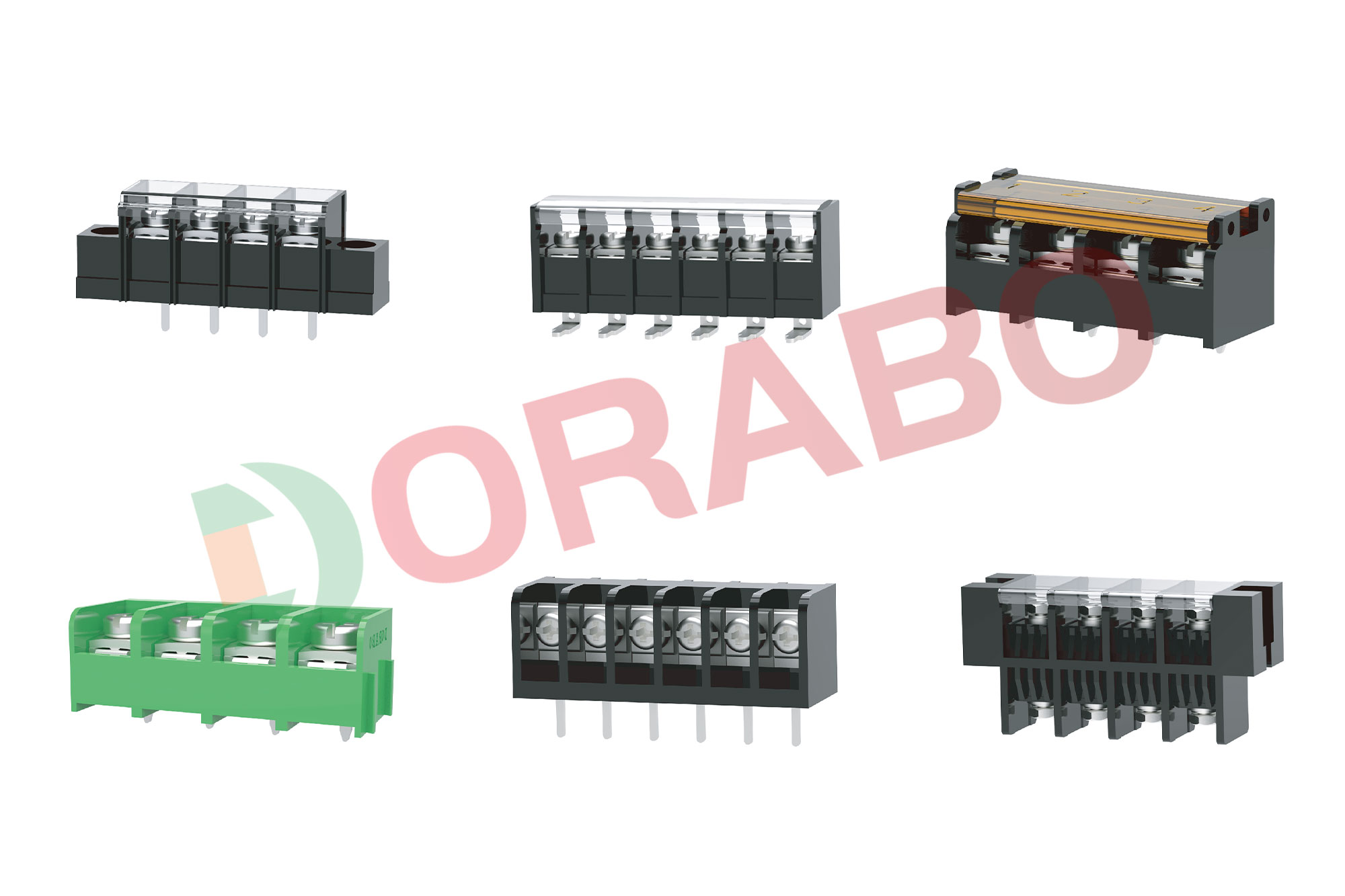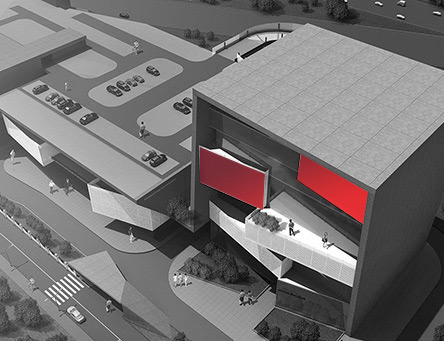Terminal blocks are connectors used to secure two or more wires to each other or to a PCB. They consist of insulators inside a modular housing. Typically used in industrial applications, wherever electrical systems need to be kept securely connected, organized, and safe. Terminal blocks provide semi-permanent wire connections that can be easily removed and replaced for inspection or repair.
The first modular terminal blocks were developed by Phoenix Contact in the 1920s when the idea of splitting the uneconomical ceramic terminal block bases arose. In the 1970s, electronics were installed in control cabinets, and electronic modules followed the development of the first PCB connections. Terminal blocks have become a key element in industrial control panels because they are less expensive than other connector types, simple to use and ensure quick connection and disconnection.
Terminal blocks are available in a variety of options. The most common types are single-stage feed-through terminals, grounding terminals, fusible terminals, and multi-stage terminals:
1. Single-stage feed-through terminal blocks are suitable for components that require easy disconnection. It is typically used for signal connections or power distribution within control panels. It just connects two conductors with a common connection point to allow the current to pass. It cannot disconnect power and does not provide any protection on either side of the terminal block.
2. The ground terminal block has the added function of making ground connections within the industrial control panel. It also grounds the terminal block itself to a mounting or DIN rail. These terminals have a metal connection that clips into the panel from the terminal to the bottom of the terminal. This eliminates the need to connect wires to the main ground connection.
3. The fuse terminal block protects the items being wired from experiencing excessive current or voltage. Simply lift the lever to disconnect the fuse to disconnect the power, or, if too much current is passed, the fuse will blow, cutting off the power.
4. The bottom layer of a multi-level terminal is a path that allows electrical connections, and its advantage is that two or more electrical connections can be made in the same terminal. The top layer has a fuse, so power can be disconnected by pulling the fuse, or when the current gets too high, the fuse will blow, protecting any connected components. Multilevel terminals can also be grounded.





















 Contact us
Contact us Language
Language


